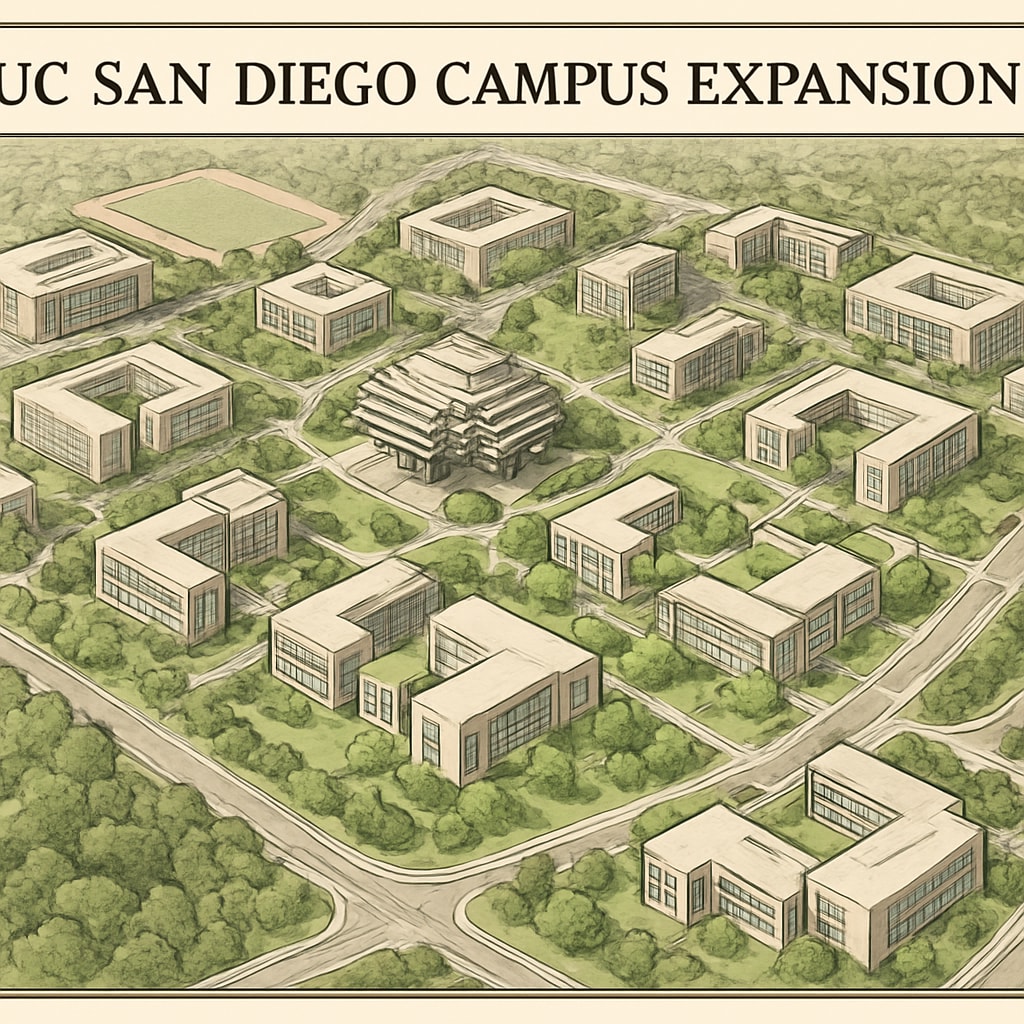UC San Diego’s ambitious expansion plan, which aims to grow its student population to 56,000, represents a bold move in higher education development. This decision not only reshapes the landscape of elite academic institutions but also presents significant implications for K-12 education systems. As UC San Diego transitions from being a highly selective institution to a more inclusive one, K-12 schools must adapt to these changes to prepare students effectively for this new era of higher education accessibility.
UC San Diego’s Expansion Plan: A Paradigm Shift
UC San Diego’s decision to increase its enrollment numbers marks a departure from traditional elite university models. The institution, known for its rigorous academic standards and selective admissions, is embracing a more inclusive approach to accommodate a growing demand for higher education. This expansion aligns with California’s broader goals to provide equitable access to college education and address workforce needs in critical sectors like STEM (Science, Technology, Engineering, and Mathematics).
The university is investing heavily in infrastructure, faculty hiring, and student support services to sustain this growth. For example, plans include constructing new residential halls, expanding research facilities, and enhancing campus resources to maintain academic excellence while serving a larger student body.

Implications for K-12 Education Systems
The ripple effects of UC San Diego’s expansion are significant for K-12 schools. As the university opens its doors to more students, K-12 educators face heightened pressure to ensure students are academically prepared for college. This shift demands a re-evaluation of curricula, teaching methods, and college readiness programs.
- Enhanced Academic Standards: Schools may need to introduce more advanced coursework, such as AP or IB classes, to align with the expectations of a larger pool of college-bound students.
- Focus on Equity: With UC San Diego’s inclusivity goals, K-12 schools must prioritize closing achievement gaps to ensure all students have equal opportunities for higher education.
- Career Pathways: Schools should integrate career-oriented programs that align with UC San Diego’s focus on STEM and other high-demand fields.

Challenges for K-12 Institutions
While the expansion presents opportunities, it also poses challenges for K-12 schools. Increased competition for college admission could lead to heightened stress among students and parents. Additionally, schools in underserved communities may struggle to provide the resources necessary for college readiness.
To address these obstacles, K-12 institutions must advocate for equitable funding and support systems. Partnerships with universities like UC San Diego can help bridge resource gaps and create mentorship programs that guide students through the college application process.
Opportunities for Collaboration
UC San Diego’s expansion opens the door for stronger collaboration between higher education and K-12 systems. Initiatives such as outreach programs, teacher training, and dual-enrollment courses can foster a seamless transition from high school to college. For example, UC San Diego could establish summer bridge programs that allow high school students to experience campus life and engage in college-level coursework.
Moreover, UC San Diego’s focus on STEM excellence provides an opportunity for K-12 schools to partner on research projects, technology grants, and internships, ensuring students are both academically and professionally prepared for the future.
Conclusion: UC San Diego’s expansion plan is more than an institutional growth strategy; it is a catalyst for change across the entire education ecosystem. By embracing inclusivity and collaboration, both higher education and K-12 systems can work together to create a more equitable and effective pathway for student success.


